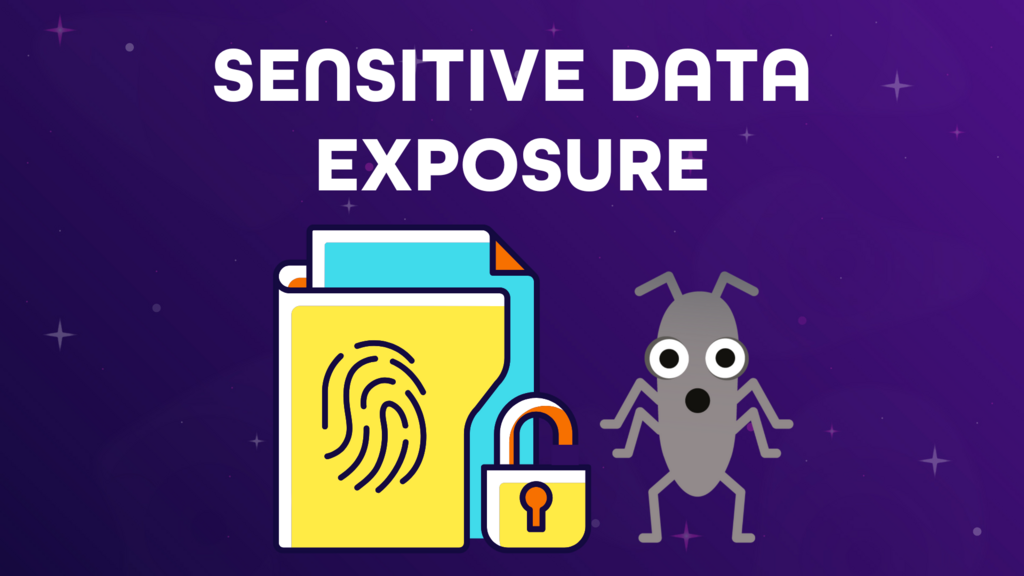Personally Identifiable Information (PII) and stereotypically sensitive information (relating to a person's political opinions, race, sexual orientation, religious or philosophical beliefs and others) are often grouped in the security vulnerability “Sensitive Data Exposure”.
Sensitive Data Exposure occurs when anybody holding your information (an individual, company or charity) is in one of these three scenarios:
Sensitive Data Exposure occurs when anybody holding your information (an individual, company or charity) is in one of these three scenarios:
- Unknowingly exposes sensitive data, which can be accidental or through unauthorised access - a confidentiality breach
- Has a security incident which results in the unauthorised or accidental alteration of sensitive data - an integrity breach
- Has a security incident which leads to the temporary or permanent unauthorised or accidental loss of access to, or destruction of sensitive data - an availability breach
Data exposure can happen from a variety of scenarios, which means identifying and testing them can be complex, but it is often a requirement of the EU/UK General Data Protection Regulation (GDPR) and other regulations for financial data protection, such as PCI Data Security Standard (PCI DSS).
Common attack vectors include SQL injection, cross-site scripting (XSS), insecure direct object references, and improper error handling, which indicates testing should validate data sanitisation, encryption, access controls, data masking and error handling. Attackers may exploit these vulnerabilities to gain unauthorized access to databases, intercept sensitive communications, or manipulate data transmission, so companies should also promote security awareness training, particularly to individuals who can facilitate data access and/or movement.




